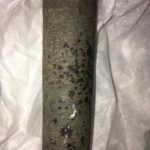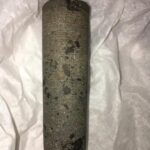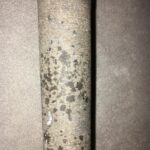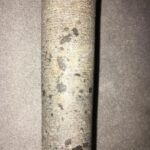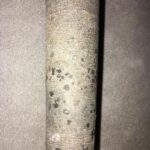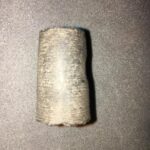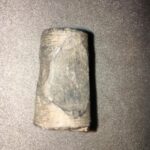Rolls Royce Engineers at the Petrie Museum
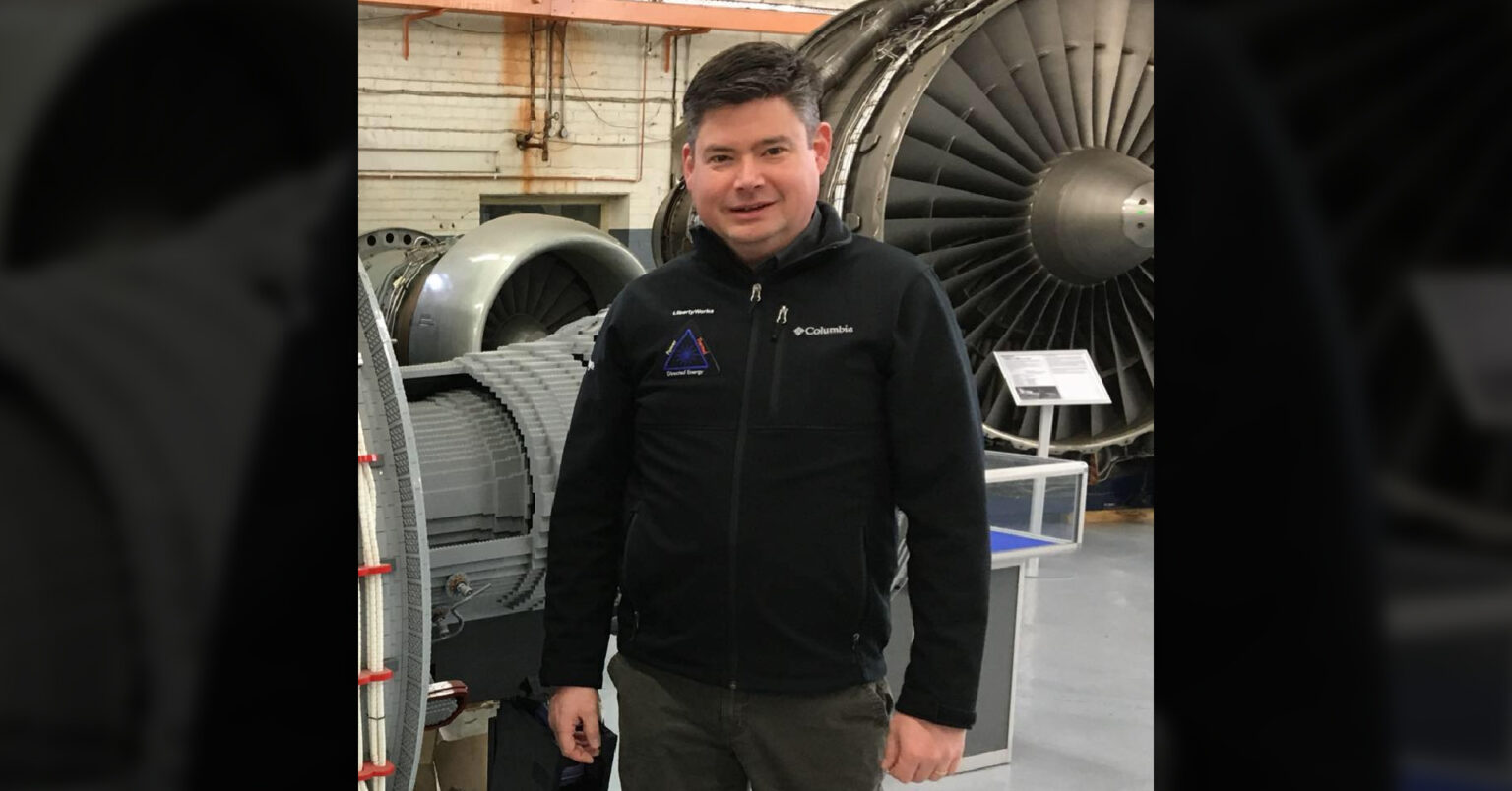
Eric Wilson at Rolls Royce
My name is Eric Wilson. I have worked as an engineer for Rolls-Royce North America (Aerospace) for 13 years. Several engineers from various disciplines globally support the research of Christopher Dunn. I have decided to participate and more directly support Chris as part of his small team after supporting the Lost Technology Tour of Ancient Egypt 2018.
I research technology to understand and develop future products by understanding the capabilities of machining and manufacturing and our choices available in materials and tools. Several engineers in advanced industries understand our limits in machining and are interested in explaining the “unexplained” ancient machining against modern methods. We accept also to go as far as developing new methods; we do this every day. This personal research is related to the technology research which we do daily. Analyzing how things are made and how we could make them better. Reverse engineering.
After registering for the March 2018 Lost Technology Tour with Chris Dunn, I was planning a work trip to the UK in early February. My fellow engineer colleague Joshua Gear and I planned Sunday-Monday for a visit to The British Museum and then Petrie Museum before our work meeting on Tuesday.
We discovered that the Petrie Museum is closed on Mondays with only research appointments accepted on Monday. We were very energized by this discovery, gathered the research appointment form, and submitted the required information. Not just anyone can secure a research appointment. You must have a very good reason for your visit and you must have credentials to match the basis of your request. Sorry, but this is not a general tourist type activity. Graduate degrees are preferred or background in Egyptology/Archeology.
Joshua Gear and I were granted access to the cores because of the cores’ relationship to our interest in ancient machining. We requested approximately 10 drilled cores for examination. Chris titled his chapter, “Walking in the Shadow of Willian F. Petrie.” For this visit to the Petrie Museum we are walking in the footsteps of Christopher Dunn!
In consideration of all the various features of UC44985, in our view, (Eric Wilson, Chris Dunn, Joshua Gear), it appears that this is the result of a “field repair” where a pre-drilled hole, due to positioning error or having been drilled on an angle, could not serve the purpose for which it was intended. Another element, either functional or architectural, was intended to be mounted in the hole. A larger hole, was the solution to the problem and was drilled using the same technology as was used to drill the initial hole.
Conclusions:
- There are spiral cuts more easily visible in the larger pieces.
- UC16036 is most prominent evidence of a spiral cut.
- UC44985 had two setups. The internal surface is more protected therefore there may be a better opportunity to retrieve material left by the drill for mass spectrometer analysis.
Website: gizapower.com
Email:cdunn1546@aol.com
Copyright © 1999 – 2023 Christopher Dunn

